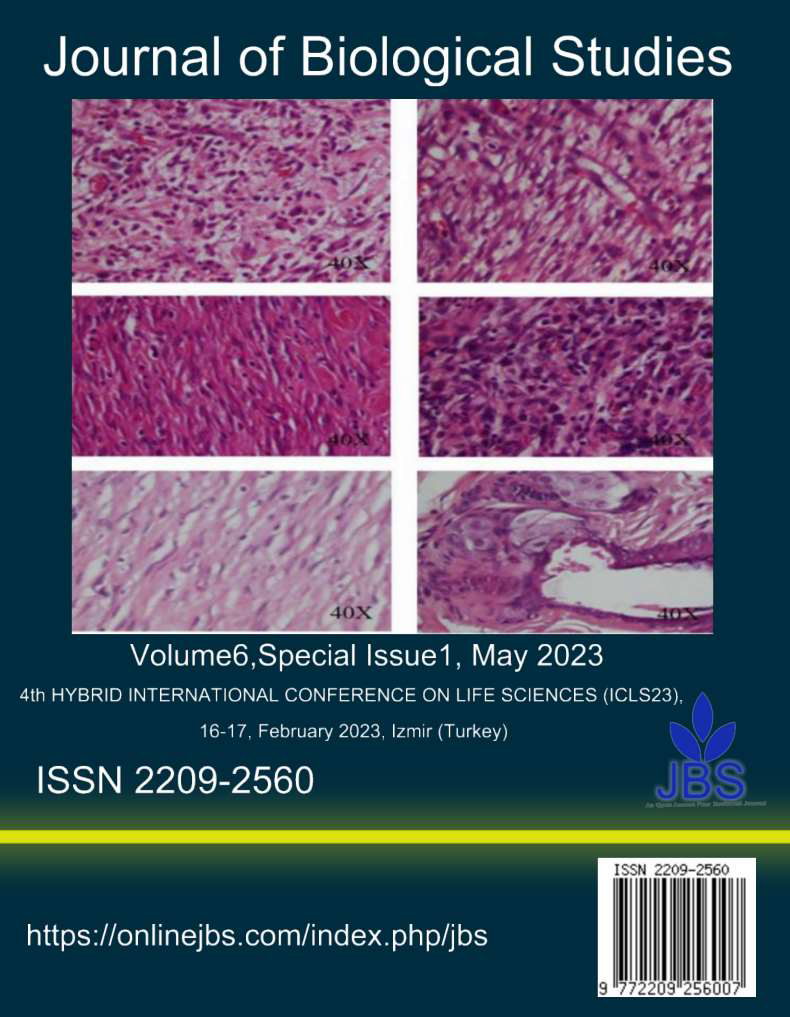Assessment of antagonistic attributes exopolysaccharide producing halophiles against phytopathogen and post-harvest application
Main Article Content
Abstract
The presented investigation aimed to screen for exopolysaccharide (EPS) producing halophilic microbes having antagonistic effect against Xanthomonas citri causing canker disease in citrus plants. The produced exopolysaccharide was applied as edible coating on lemon fruits to deduce its effect on onset of citrus canker upon treatment of Xanthomonas citri. The sea water and soil samples of Dummas, Ubhrat and Hajira beaches of Surat districts of Gujarat state of India were screened for the isolation of halophiles revealing antagonistic effects against the preisolated Xanthomonas citri. The obtained result showed that from 7 exopolysaccharide producing halophiles, DUIS04 revealed growth inhibition of Xanthomonas when cocultured. The antagonistic attributes of DUIS04 were qualitatively assessed by standard procedures in which hydrolytic enzyme production viz. cellulase, amylase and chitinase, HCN production, biofilm and EPS production were positive. The produced EPS was recovered in crude form from culture broth by alcohol precipitation, dialyzed, lyophilized and stored at 42 oC for further use. The coating formulation was prepared by taking 2% (w/v) EPS as polymer matrix and mixing it with 0.1% of Tween 80 (w/w) and 1% sorbitol additives and sprayed on fresh lemons taken from botanical garden of Institution. The treated lemons were retreated with Xanthomonas suspension and incubated for 15 to 17 days. The control group of lemons were not treated with EPS and when sprayed with the Xanthomonas citri culture suspension, visible cankers were developed upon 13 to 15 days of incubation. However, the EPS treated group of fruits didn’t reveal canker development during same incubation. Consequently, the halophilic EPS was deduced to possess antagonistic effect on colonization of gram negative Xanthomonas citri bacteria and can inhibit the cancer disease in citric fruits which prolog the post-harvest shelf life.
Article Details

This work is licensed under a Creative Commons Attribution 4.0 International License.
